For the last couple of weeks I have spent my child-free evenings reading about French chateaus on Wikipedia. While I am not new to the concept of looking at images of buildings in foreign lands I have spent disproportionately much time on this. In Tove’s very poetic phrasing I have been “watching chateaus like other men watch porn”.
Chateau watching is quite simple these days, thanks to French Wikipedia which has lists of many French chateaus. France is filled with chateaus. Google seems to know that there are 45,000 chateaus in France without providing a reliable source. Still, it is plausible number. There are 35,000 communes in France, literally counties but mostly based on the old parish villages. These villages traditionally had a church and a manor house, or in other words a chateau, making the 45,000 chateaus a very plausible number.
History of a house
A chateau in the French sense of the word is a manor house for French nobility. A literal translation to English gives chateau as castle. The two words also share similar etymology, from the Latin word castellum. Ironically, French chateaus are not really related to Roman castellum, which were small fortifications, more or less sentry posts, manned by professional soldiers. Rather, they are descendants of Roman villas, country houses for Roman aristocrats. The same people who would later go on to be feudal lords and who felt the need to fortify their mansions, making castles/chateaus of them.
A chateau in the sense of a rural manor house must have existed in France since Roman times. Real chateaus, in the form of fortified castles, did not make a mark until the 11th century. This was the start of the real feudal age where nobles were competing with each other, both militarily and prestigiously, thus starting the spiral of ever larger and more extravagant chateaus. There are still a fair number of fortified medieval chateaus in France, complete with towers and crenellations.
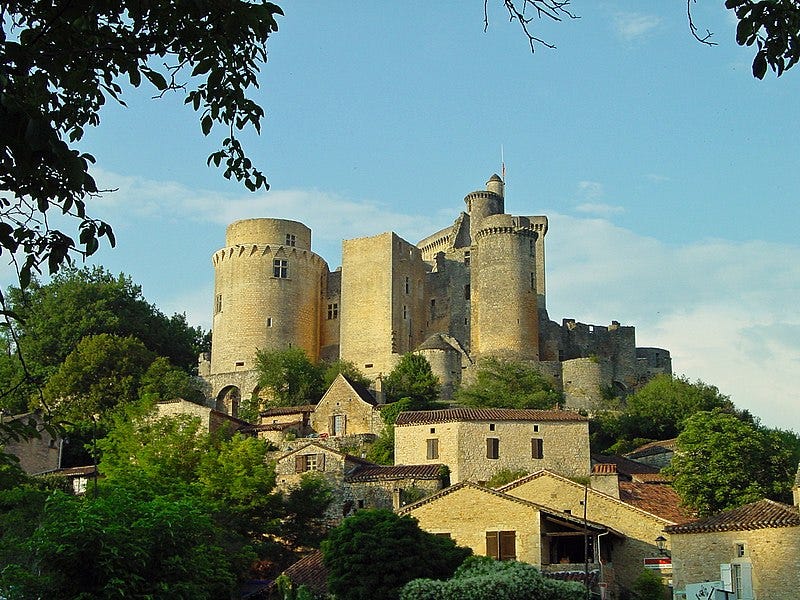
After the Middle Ages French nobles continued to live primarily in the countryside, but during the renaissance their need for physical protection declined significantly. Thanks to the rapid growth of the centralized French state in the late 15th century the risk of your neighbors attacking you with cannons and crossbows more or less disappeared.
This meant the great age of chateau building could start in earnest. When liberated from the need to defend themselves, noblemen could suddenly concentrate on building things that were comfortable to live in and, more than anything, looked better than their noble neighbors’ dwellings. If it was no longer allowed to blast your neighbor to smithereens, at least you could out-do him in chateau building.
In the late 15th century France was not the designer powerhouse we know today. The place to be back in those days was Italy and the first non-fortified chateaus in France were built in the Italian renaissance style.
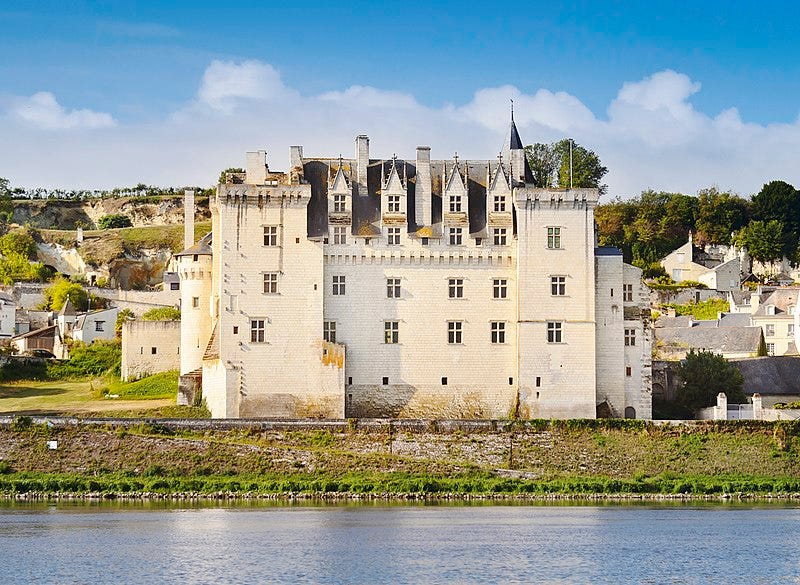
The Italian influence would remain in French chateau building for some time but it did not take long before a distinct French style developed. This is usually called French renaissance style and many of the most well-known chateaus are in this genre.
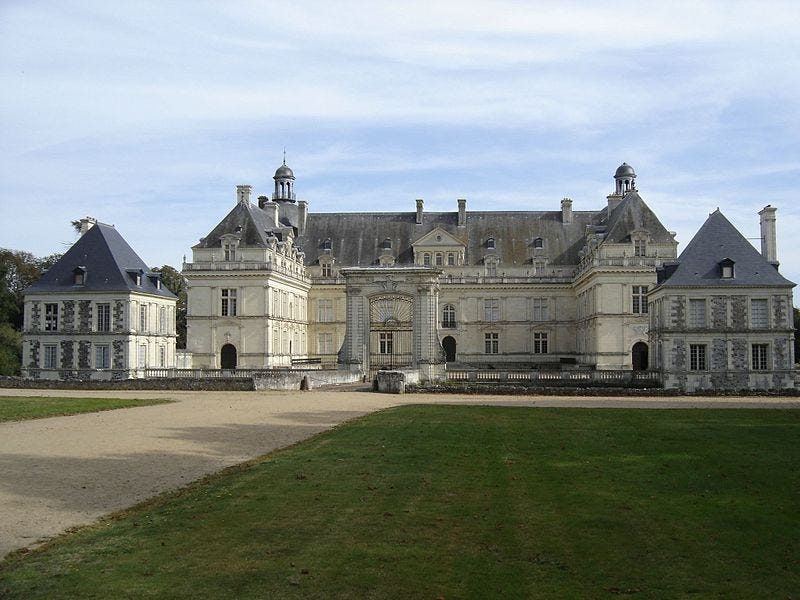
However, the pinnacle of French chateau building was yet to come. In the 17th century France was the world’s foremost superpower. It was not only powerful but also rich and the most populous country in Europe to booth. The financial resources enabled royals and nobles alike to splurge on new buildings. The large and comparatively well-educated population provided both architects and artisans to do the actual construction work.
The reason for building chateaus during this time was almost purely due to ostentation. Earlier nobles had been warriors and landowners, occupations that were noble but not necessarily very profitable. The 17th century saw the birth of the noblesse de robe, noblemen who served the king as administrators. These administrators helped turn France into the best-governed nation in Europe and probably the world and they were rewarded handsomely for it. Usually they spent their newly acquired wealth on building the grandest chateau they could afford.
The chateau style of the 17th century is usually called classique in French and baroque in English. I am not an art historian and cannot say what this difference in language means. The classique/baroque castle is however the main chateau style of the 17th century, although, this being a time frenetic chateau building, it is possible to find chateaus in almost any style.
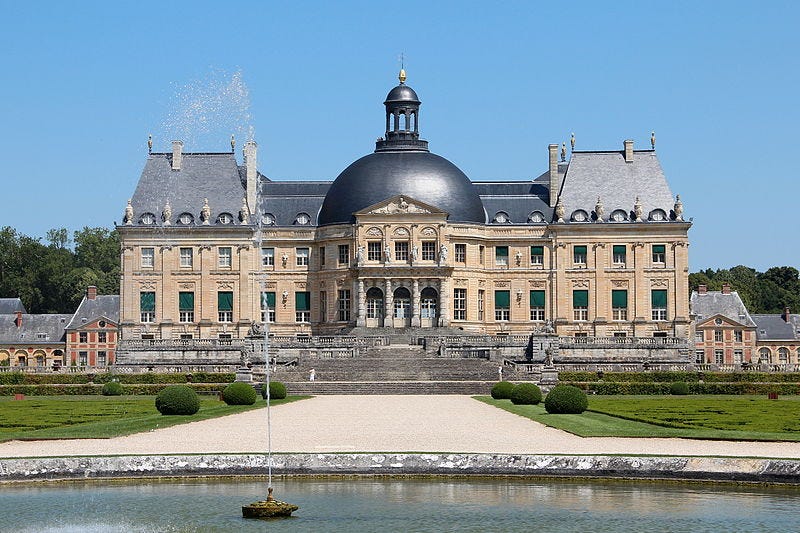
Chateau building continued undiminished until the French revolution in 1789, although the scale and scope became more limited. The nobility was not as extravagantly rich during the 18th century and the royal family had also exhausted its lust for new living space after the 2300 room palace of Versailles was finished in 1715. Chateau building instead fell on more ordinary noblemen, of whom there were many. New chateaus were built, but the level of extravagance was turned down a notch or two compared to the 17th century.
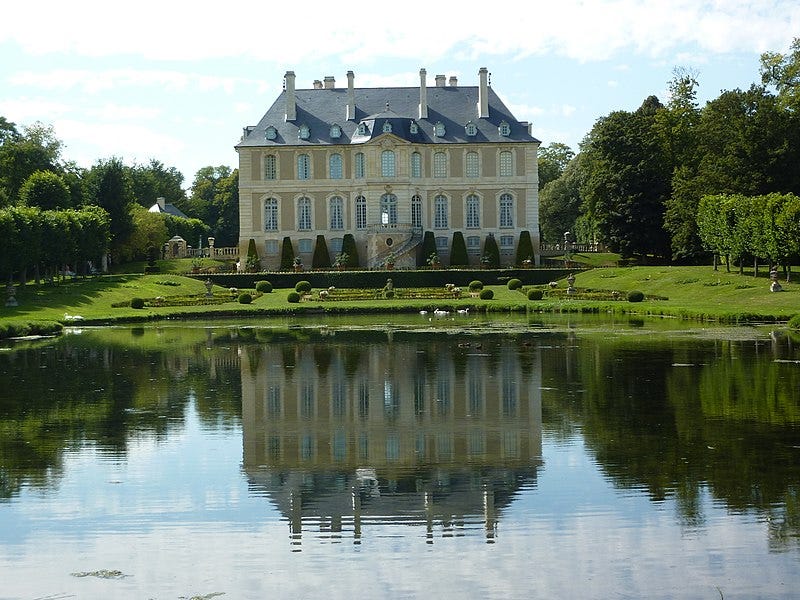
With the revolution traditional chateau building stopped. Chateaus in the sense of a manor house for the feudal lord naturally disappeared when feudal lords disappeared. Lots of nobles also fled the country during the revolution and the succeeding terror. During this period chateaus of especially disliked lords had a tendency to burn down or otherwise meet destructive fates, although most chateaus fortunately remained standing.
With the restoration of the monarchy in 1815 and a return to the old feudal ways some chateau building resumed. But due to the lack of nobles (many had died or not returned from abroad), a greater propensity to live in cities and the general poverty of the country after 30 years of war; not many chateaus were built.
It was not until the second half of the 19th century that building picked up again. And now the nobles were mostly sidelined. By this time France was an empire and, after 1871, a republic, none of which put much significance in feudal lords. The chateau builders of this age were instead the ascending bourgeoisie. Newly rich bankers, factory owners and a few lucky state functionaries spent their money on building country estates for themselves, usually in styles resembling traditional chateaus, neo-renaissance being the most popular.

Modern building
A traditional chateau was the residence of a nobleman. Most notions of the chateau concept also includes some semblance of a history for the building in question. Since there are no real nobles in France anymore this makes it sort of difficult to produce new chateaus. If a chateau is more than a physical building, as traditionalists no doubt think, then the only way to build a “new” chateau is to build it on the site of an old chateau. This was how most of the late 19th century chateaus were built. The rich builders of the time found a dilapidated chateau in a suitable location, tore it down and placed a new building in its place.
Most people would probably be content with calling any type of stately building with a touch of French design for a chateau. If the house in question lacks a history it can at least be built in “chateau style”. In the Anglosaxon world at least. The French Wikipedia page for style Château lists a number of 19th century American houses (and one Russian) that are said to be in this style. No mention is made of the many French country estates built in the latter half of the 19th century to look like classic chateaus. Apparently only foreign buildings can be built in chateau style while similar French buildings are labeled neo-renaissance or neo-classique.
It is perfectly possible to get a building listed as a chateau even now, in the 21st century. At least if you have ample resources. Château Louis XIV was built on a choice property just outside Paris between 2008 and 2011. It was built as a modern house in the style and building materials of a classic chateau. More specifically it is highly inspired by the château de Vaux-le-Vicomte pictured higher up in this article.
Château Louis XIV was built on pristine land that had never housed a chateau before. Exactly how it obtained its prized chateau label is unclear to me but the sheer scale of the project must have helped. The French have always had a weak spot for grandiosity. And château Louis XIV is nothing but grandiose. It was sold in 2015 for €275 million (to Mohammed bin Salman of Saudi Arabia, no less), at the time the most expensive residential property in the world.
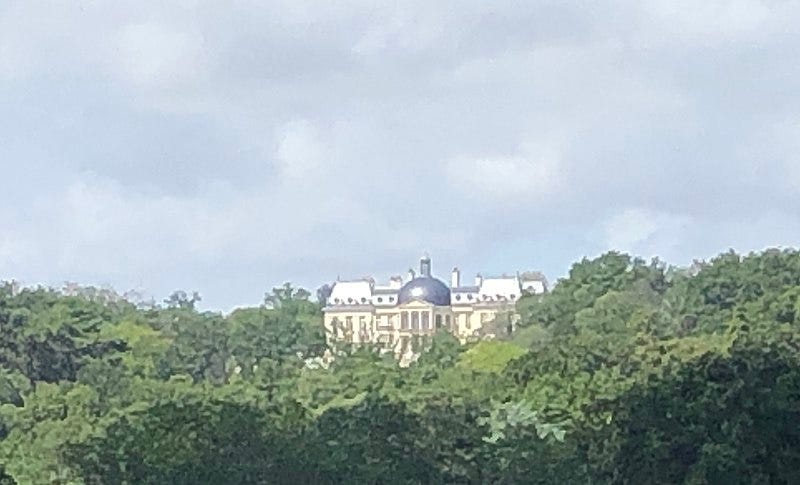
The far side of France
While the differences over time are fascinating in themselves they were to be expected. What really did tickle my pseudo-pornographic interest in chateaus was the surprising variety by geography.
France is a big country. Not as gigantic as the United States of course, but very large by European standards. And while the USA is fairly new and did most of its growth and development in the modern era, when trains and telegraphs kept distances short and the new nation homogenous, France was a big country already in the Middle ages when most people spent their whole lives not traveling further than the local town. This made for a lot of diversity in, among other things, how to build a chateau.
France obviously likes its chateaus. That much can be deduced from French Wikipedia where thousands upon thousands of chateaus are listed carefully by province (and less carefully by architectural style). Most of them have photos attached and many also have their own Wikipedia pages with historical information. I have browsed through them all and here is what I found out:
A very chateauy chateau
In order to assess the variety of chateaus in France it might be a good idea to start with a normal chateau. But what is a normal chateau? Since every chateau is unique there can be no normal chateaus in the true sense of the word. There might, however, be a conception of what usually goes as a chateau. The chateau cliché, so to speak.
When people see images of chateaus chances are they are seeing the largest and most extravagant chateaus. These chateaus are more often than not built during the zenith of French history, in the second half of the 17th century. They are also highly likely to have been built by royals or the upper nobility. These chateaus were normally situated so that they were close to the court, which in practice meant the areas around Paris or the Loire valley.
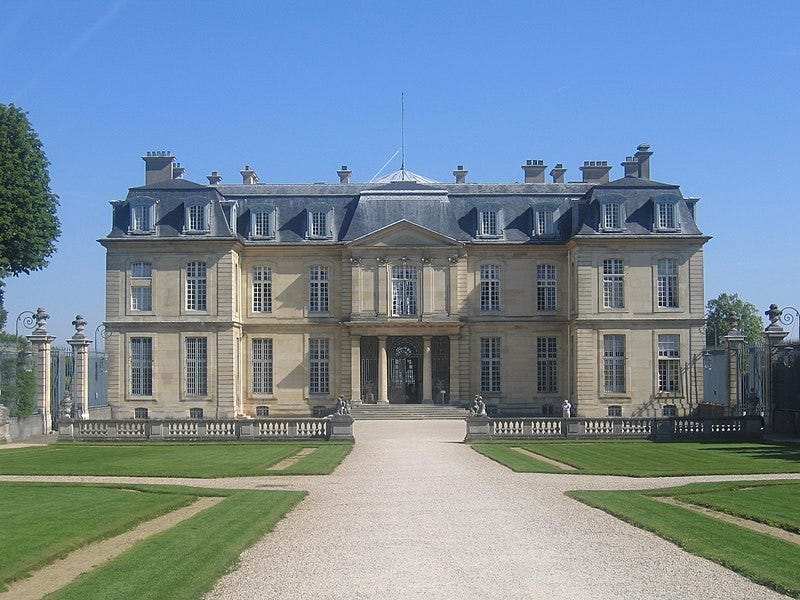
When we have now concluded that a grand neo-renaissance chateau in the Loire valley is the default French chateau we are ready to move out of central France and into the provinces.
The North
The north of France, along the border to Belgium but also along the English Channel, is clearly influenced by what could be called “English architecture”, although in practice it is probably more Dutch. This is especially marked in the quintessentially northern phenomenon of the brick chateau.
French chateaus are generally made of stone, limestone or possibly sandstone. The stone can be exposed or covered with plaster. This is true for most of France but in the north the chateaus can also be made out of brick. The majority of northern chateaus are still made from stone, but a significant minority is in brick. Enough to make this the distinctive character trait of the northern chateau.
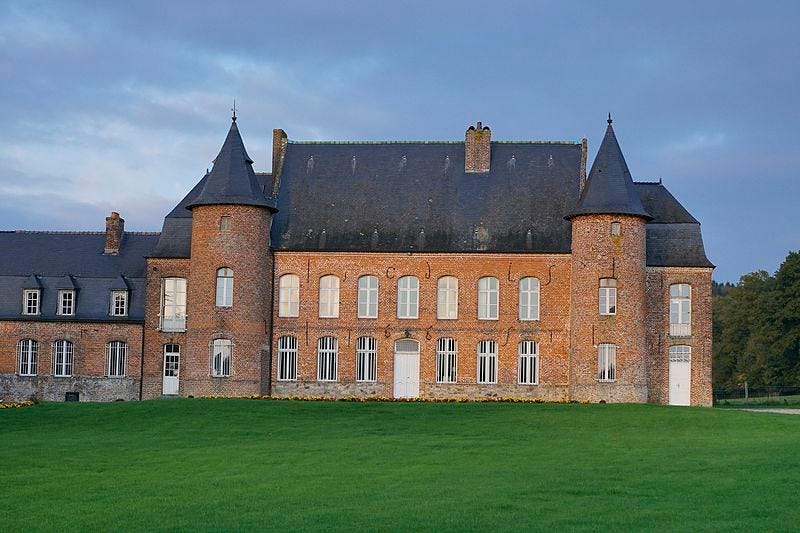
The East
The most easterly French provinces, Alsace and Lorraine, have been French since the 17th century. However, they did retain a German feel well into modern times, no doubt aided by the fact that the region was part of Germany between 1871 and 1919.
Most chateaus in eastern France are not much different from chateaus in the rest of the country. But if you look closely many betray some Teutonic features. This can be as simple and discreet as slightly more straight lines than a typical chateau. Or just a little more blockiness than is truly French. French architecture has always leaned towards a more airy feel while Germans, or so the stereotypes have it at least, prefer more of stability.
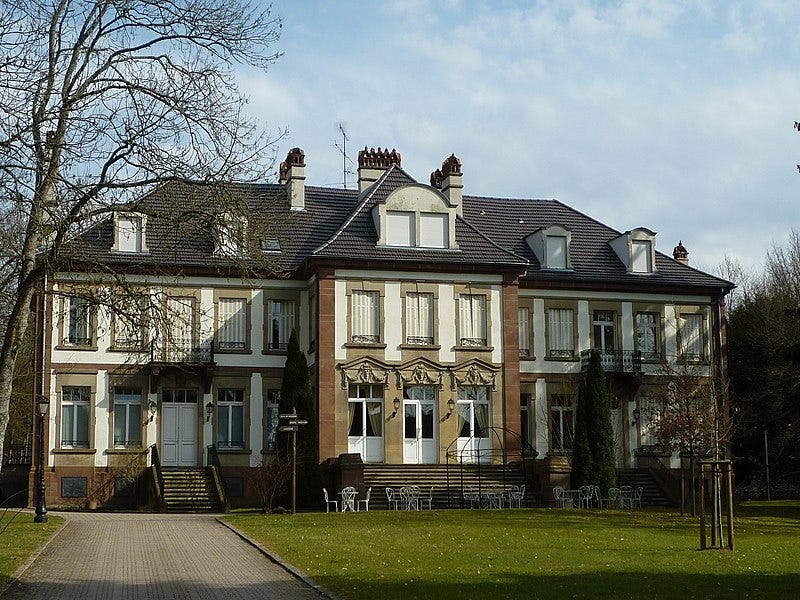
The southeast
France’s Mediterranean provinces have always had close ties to southern Europe and northern Africa. It is visible in the local chateau style as an almost Moorish touch, meaning colonnades, shaded loggias and a rather more ornamental style than the classic neo-renaissance chateaus.
Another peculiarity of the southeast is that it contains many modern chateaus, including a number from the 20th century. This is most probably due to the fact that this part of France has not been French for very long, Savoy was not added to France proper until 1860. At the same time the French Riviera has been a very popular part of France since at least the start of the 20th century. The relative scarcity of traditional chateaus coupled with an inflow of money and people have driven demand for newly-built chateaus.

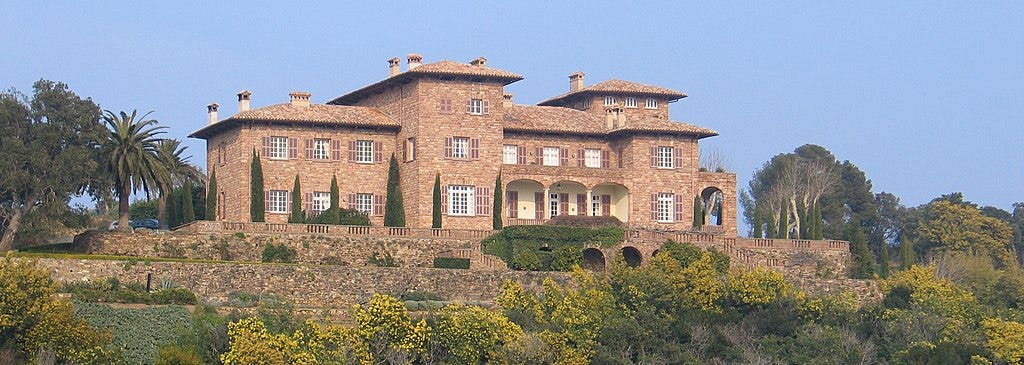
The southwest
Southwestern France was known as Aquitaine in antiquity, Gascony and Guyenne in the Middle Ages and these days it is once again known as Aquitaine (or Nouvelle Aquitaine as the current French region is called). It was controlled by the English until 1453 who used their time there to become dependent on Bordeaux wines. The kings of England were kings on their own island but dukes of Aquitaine, technically subordinate to the French kings. This was a tense relationship that quite often turned violent. During the 16th and 17th centuries the same region was a hotbed for Protestantism and thus the prime area for the period’s religious wars. In short, this is an area which has seen its fair share of warfare.
The violent history is easily observed in the chateau stock. While châteux fortes, that is fortified chateaus, are unusual in northern France and around Paris, they are the norm down here. And it is not only medieval chateaus that are fortified, like in the rest of France. In the southwest you will find fortified chateaus from quite recent dates. A clear reminder that the French Wars of Religion continued well into the 17th century and were mainly fought here.
The sheer number of chateaus in the southwest is also staggering. And somewhat surprising considering that these were never core lands of France, another proof that war is good for chateau building. Wikipedia lists 911 chateaus for Dordogne province, the most of any in France, despite the fact that Dordogne is on the smaller half of French provinces, population-wise.
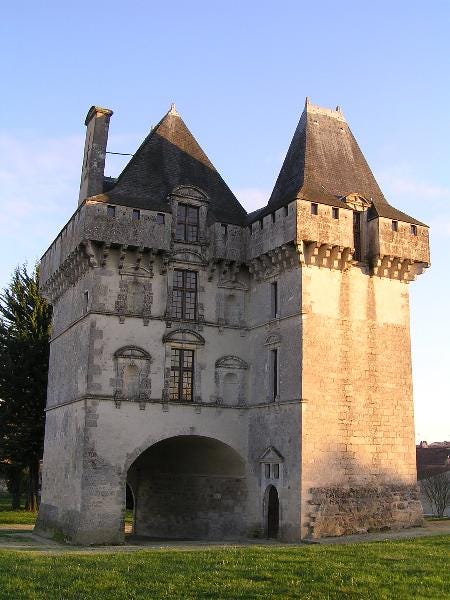

The west
To the west of France there is the Atlantic Ocean. Well, almost. There is actually a quite large peninsula called Brittany that juts out into the Atlantic. Brittany is surprisingly far from the rest of France. The distance from Paris to Brest, on the tip of the Brittany peninsula, is more than 600 km, further away than both Lyon and Bordeaux. With a history at least partly separate from France you could expect Brittany to have a wholly unique chateau style.
That is not really the case. Maybe due to Brittany’s closeness to the Loire valley, the chateaus of Brittany look very much like standard French chateaus. The only significant difference I have been able to detect is that while French chateaus in general are made of plastered stone or smooth limestone, the Breton chateaus are almost never plastered and either of smooth stone or, in a significant minority of cases, in rougher stone more similar to Breton (or British) stone cottages.
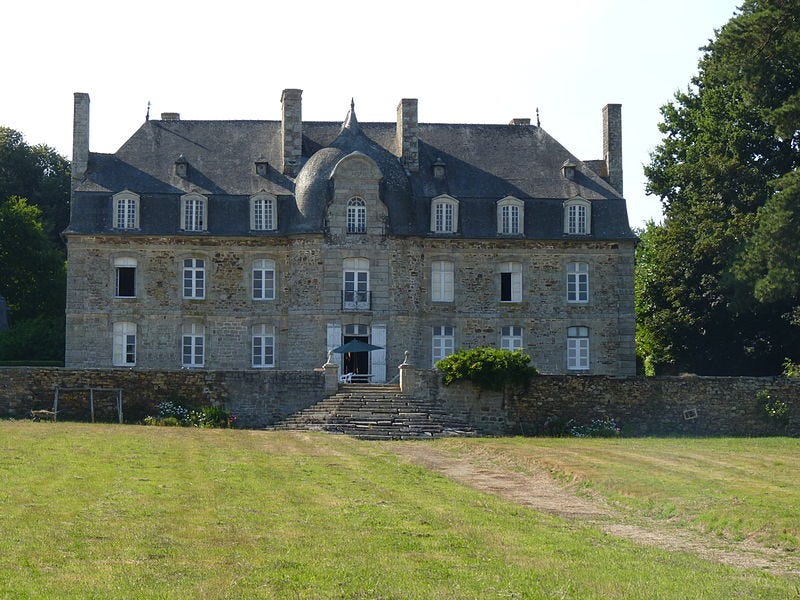
A chateau of one’s own
By this time it should be evident to most readers that this article is but a thin excuse for publishing innumerable images of nice houses. Most people seem to think that French chateaus are nice houses. How else to explain the popularity of TV series like Escape to the Chateau or Youtube channels like The chateau diaries.
The the popularity of chateaus is probably not only due to their superior architecture. As a browser of thousands of chateaus I can confirm that the aesthetic qualities of French chateaus vary. Maybe it has something to do with the 45.000 chateaus mentioned before.
French chateaus are a unique and limited product. This gives them charm, attraction and the intangible values that come with that. But they are also obtainable, even for ordinary people. The number of French chateaus is simply so great that prices have not been able to go exponential although the fundamentals are there.
Or what about this chateau from the west of France. It is for sale for €595.000. Maybe not cheap but not expensive either, at least not if you are interested in 700 m² of floor space in the middle of nowhere.

As for myself, I am not in the market for buying a chateau. For one thing I have nothing near €600,000 to spend. But even if I had I am not really the type that buys old properties and lovingly restores them. Instead I am contemplating building my own chateau, from the ground up. Not today and not tomorrow, but maybe in a decade or two. What better way to spend one’s retirement than building your very own chateau. In wood, naturally.



Excellent overview. I love chateaux, and I love The Chateau Diaries -- I've even been to stay at Lalande -- but I have no intention of buying a chateau for myself. I could probably afford to purchase some neglected old pile, but it's the cost of restoration and maintenance that's truly ruinous. If you're not a plutocrat, it's really only feasible if you turn your chateau into a business. That's not what I would want it for. Nonetheless, building a chateau from would be an amazing project. Bon courage!